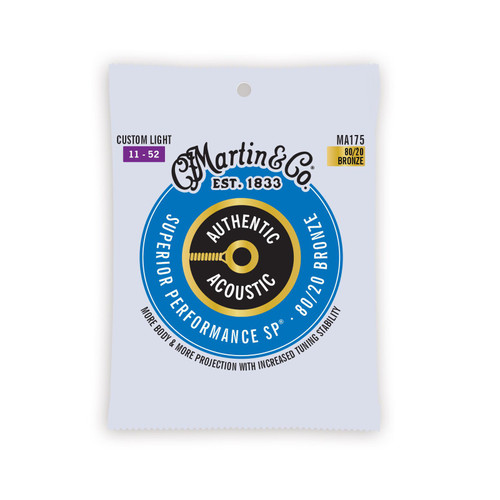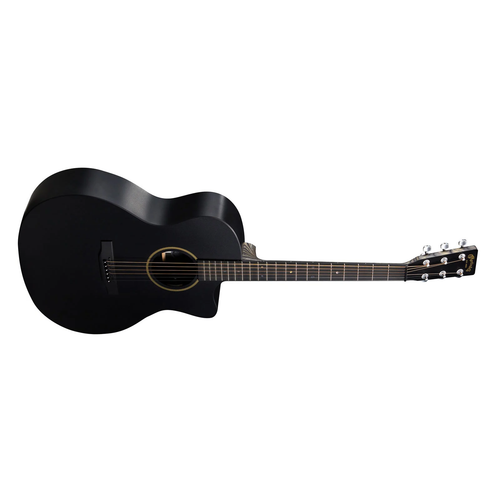Mint Condition 1996 Martin HD-28
The 1996 Martin HD-28 is a highly regarded acoustic guitar crafted by C.F. Martin & Co., a legendary brand renowned for pioneering the modern acoustic guitar and for their unwavering commitment to traditional craftsmanship and tonal excellence.
The Condition
This guitar is an exquisite example of an instrument approaching its third decade. There is no fret wear, no heavy signs of use, and no deep scratches, dinks, or bumps—not even any belt rash.
Aside from the spruce top having mellowed to a rich, golden amber and a few light pick marks on the scratchplate, you’d be forgiven for thinking it had never been played.
The Set up
Restrung with Elixir 12-53 coated strings, and professionally set up by our professional in-store tech for a low comfortable playing action - 2mm at the bass end and 1.5 on the treble end - and correct intonation.
The Tone
This particular HD-28 has aged beautifully over the past three decades. The Sitka spruce top, now fully opened up, is remarkably lively and responsive, offering a level of articulation and tonal richness that only comes with time and regular care.
The high end displays a lovely, bell-like clarity, bright yet never brittle, and there's a noticeable enhancement in the midrange warmth and presence—a characteristic that is often more subdued in newer examples of this model.
Balanced against this is the deep, resonant quality of the East Indian rosewood back and sides, which provide a rich foundation of warm, rounded bass tones.
Together, the tonewoods create a sound that is both powerful and refined, with an impressive harmonic complexity and a sense of “air” or dimensionality that is only found in well-aged instruments.
The overall tonal character is versatile and expressive, making it perfectly suited for a broad range of playing styles, musical genres, and performance contexts.
Whether strummed in a live setting, fingerpicked in a quiet studio, or used to accompany vocals, this guitar delivers with confidence and musicality. Its dynamic range, touch sensitivity, and mature tonal voice make it a joy to play—an instrument that inspires, responds, and rewards the player with every note.
Specifications of the 1996 Martin HD-28
The HD-28 is part of Martin’s “Herringbone” series, a nod to their pre-war D-28 models, and it incorporates vintage-inspired features alongside modern build consistency.
Body and Tonewoods
-
Body shape: Dreadnought (D-14 fret)
-
Top: Solid Sitka spruce
-
Back and sides: Solid East Indian rosewood
-
Bracing: Forward-shifted scalloped X-bracing (Sitka spruce)
-
Binding: White Boltaron with herringbone top inlay
-
Rosette: Style 28
Neck and Playability
-
Neck wood: Solid mahogany
-
Neck shape: Low profile (somewhat fuller than modern slim profiles)
-
Fingerboard: Ebony
-
Scale length: 25.4" (long scale)
-
Nut width: 1 11/16" (some later models moved to 1 3/4")
-
Bridge: Ebony with drop-in saddle
-
Nut and saddle: Bone
Aesthetics and Finish
-
Finish: Gloss nitrocellulose lacquer
-
Inlays: Mother-of-pearl dot inlays
-
Headstock overlay: East Indian rosewood
-
Tuners: Chrome Schaller or Gotoh (varied slightly during the decade)
Build Quality of the Era
The mid-1990s were a strong period for Martin in terms of craftsmanship and consistency. While some vintage purists regard the pre-1970s Martins more highly, by 1996, Martin had found an admirable balance between modern precision and old-world construction techniques.
Key Strengths of 1996 Builds
-
Attention to traditional features: The HD-28 maintained vintage-inspired appointments (like herringbone trim and scalloped bracing), while benefiting from more stable modern production techniques.
-
Tonewood quality: The East Indian rosewood used during this era was of high quality, and Sitka spruce tops were well-seasoned and responsive.
-
Structural integrity: Improved humidity controls and better quality assurance meant fewer issues with neck warping or top bellying compared to earlier decades.
Reception in 1996
Players’ and Reviewers’ Impressions
-
Tone: The HD-28 was celebrated for its rich bass, balanced mids, and clear trebles—a quintessential “Martin dreadnought” sound. The forward-shifted scalloped bracing gave it a powerful projection and lively response, making it a favourite for bluegrass, folk, and singer-songwriter styles.
-
Playability: The low-profile neck was considered comfortable by most, though players with a preference for wider nut widths sometimes sought custom variants.
-
Value: At the time, the HD-28 offered a near-vintage experience at a more accessible price point, making it excellent value for serious players.
Critical Acclaim
While formal online reviews were limited in 1996, publications like Acoustic Guitar Magazine and Guitar Player often praised the HD-28 for its faithful nod to Martin’s “Golden Era” without the boutique pricing of actual vintage models.
Legacy of the 1996 Martin HD-28
The HD-28 from the mid-90s has aged exceptionally well and is now viewed as a modern classic. While not vintage by age standards, these guitars have developed a richer, more mature tone over time, with many examples opening up beautifully as the woods have aged.
Current Reputation
-
Often referred to as a “workhorse dreadnought”, the HD-28 remains a go-to for recording, live performance, and collecting.
-
The 1996 model, in particular, has become sought-after for its pre-CNC consistency and tonewood quality.
-
In the UK and elsewhere, used 1996 HD-28s tend to hold their value well, especially if in good condition with original case.
Summary
The 1996 Martin HD-28 is a prime example of Martin’s craftsmanship during a time when the brand was reaffirming its commitment to its historic designs. With classic aesthetics, excellent tonewoods, and resonant sound, it earned strong praise in its day and continues to be respected by players and collectors alike. It stands as a bridge between Martin’s golden past and its modern resurgence—a truly enduring instrument.
If you're considering buying or collecting one, it's a sound investment both musically and financially.

























